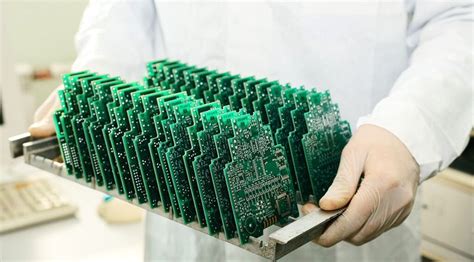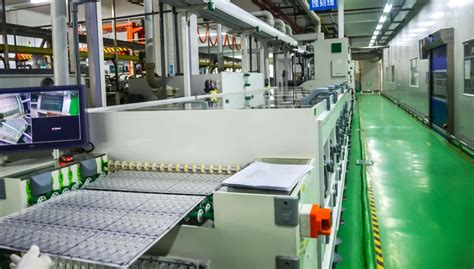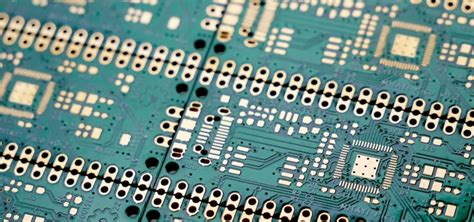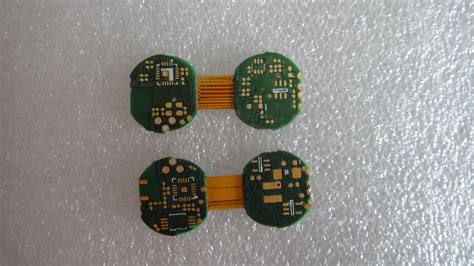PCB Fabrication in India: A Comprehensive Overview
Introduction
Printed Circuit Boards (PCBs) are the backbone of modern electronics, serving as the foundation for virtually every electronic device we use today. From smartphones and laptops to industrial machinery and medical equipment, PCBs are integral to the functionality of these devices. As the demand for electronics continues to grow globally, the need for high-quality PCB fabrication has become more critical than ever. India, with its rapidly expanding electronics manufacturing sector, has emerged as a significant player in the global PCB fabrication industry. This article delves into the state of PCB fabrication in India, exploring its growth, challenges, opportunities, and future prospects.
The Evolution of PCB Fabrication in India
The history of PCB fabrication in India dates back to the 1960s when the country began to develop its electronics industry. Initially, the focus was on meeting the domestic demand for consumer electronics, telecommunications, and defense equipment. However, the industry was relatively small and relied heavily on imports for advanced PCBs and components.
Over the past two decades, India’s PCB fabrication industry has undergone significant transformation. The liberalization of the Indian economy in the 1990s, coupled with the government’s push for self-reliance in electronics manufacturing, has spurred the growth of the PCB industry. The introduction of policies such as the National Policy on Electronics (NPE) and the Make in India initiative has further accelerated the development of the sector.
Today, India boasts a robust PCB fabrication ecosystem, with a mix of large-scale manufacturers, small and medium enterprises (SMEs), and specialized PCB fabrication units. The country is now capable of producing a wide range of PCBs, including single-sided, double-sided, and multi-layer boards, as well as flexible and rigid-flex PCBs.

Key Players in the Indian PCB Fabrication Industry
The Indian PCB fabrication industry is characterized by the presence of both domestic and international players. Some of the prominent companies involved in PCB manufacturing in India include:
- AT&S India: A subsidiary of the Austrian company AT&S, AT&S India is one of the leading PCB manufacturers in the country. The company specializes in high-density interconnect (HDI) PCBs and serves industries such as automotive, industrial, and consumer electronics.
- Shogini Technoarts Pvt. Ltd: Based in Pune, Shogini Technoarts is a well-known PCB manufacturer in India. The company offers a wide range of PCB solutions, including rigid, flexible, and rigid-flex PCBs, catering to industries such as aerospace, defense, and telecommunications.
- Shield Electronics Manufacturing Services Pvt. Ltd: Shield EMS is a Chennai-based company that provides end-to-end PCB fabrication and assembly services. The company is known for its expertise in producing high-quality PCBs for the automotive, medical, and industrial sectors.
- Sharma Electroplates Pvt. Ltd: Located in Mumbai, Sharma Electroplates is a leading manufacturer of PCBs and metalized plastics. The company specializes in the production of multi-layer PCBs and has a strong presence in the defense and aerospace industries.
- Shogini Technoarts Pvt. Ltd: Based in Pune, Shogini Technoarts is a well-known PCB manufacturer in India. The company offers a wide range of PCB solutions, including rigid, flexible, and rigid-flex PCBs, catering to industries such as aerospace, defense, and telecommunications.
Challenges Facing the Indian PCB Fabrication Industry
Despite the significant progress made by the Indian PCB fabrication industry, several challenges continue to hinder its growth. These challenges include:
- High Capital Investment: PCB fabrication is a capital-intensive industry that requires significant investment in machinery, technology, and infrastructure. Many Indian manufacturers, particularly SMEs, struggle to secure the necessary funding to upgrade their facilities and adopt advanced manufacturing technologies.
- Skilled Labor Shortage: The PCB fabrication process requires a high level of precision and expertise. However, there is a shortage of skilled labor in India, particularly in areas such as PCB design, assembly, and testing. This shortage has led to increased reliance on foreign expertise and has limited the industry’s ability to scale up production.
- Dependence on Imports: Despite the growth of the domestic PCB industry, India still relies heavily on imports for certain types of PCBs and raw materials. This dependence on imports not only increases the cost of production but also makes the industry vulnerable to supply chain disruptions.
- Environmental Concerns: PCB fabrication involves the use of hazardous chemicals and materials, which can have a significant environmental impact. Indian manufacturers are under increasing pressure to adopt environmentally friendly practices and comply with stringent environmental regulations. However, many companies lack the resources and expertise to implement sustainable manufacturing processes.
- Competition from China: China is the world’s largest producer of PCBs, accounting for a significant share of the global market. Indian manufacturers face stiff competition from Chinese companies, which offer lower prices and faster turnaround times. This competition has made it difficult for Indian manufacturers to gain a foothold in the global market.
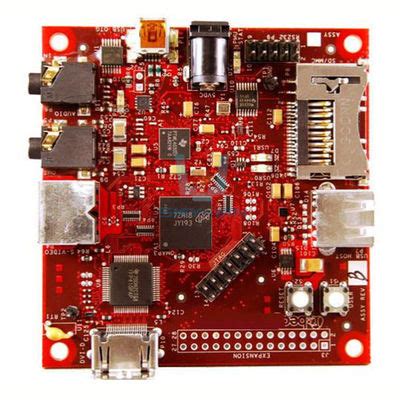
Opportunities for Growth
Despite the challenges, the Indian PCB fabrication industry is poised for significant growth in the coming years. Several factors are expected to drive this growth, including:
- Government Support: The Indian government has introduced several initiatives to promote the growth of the electronics manufacturing sector, including the Production Linked Incentive (PLI) scheme and the Scheme for Promotion of Manufacturing of Electronic Components and Semiconductors (SPECS). These initiatives provide financial incentives to companies that invest in PCB fabrication and other electronics manufacturing activities, thereby encouraging the growth of the industry.
- Increasing Domestic Demand: The demand for electronic devices in India is growing rapidly, driven by factors such as increasing internet penetration, rising disposable incomes, and the proliferation of smart devices. This growing demand is expected to drive the need for PCBs, creating opportunities for domestic manufacturers to expand their production capacity.
- Export Potential: India has the potential to become a major exporter of PCBs, particularly to countries in South Asia, the Middle East, and Africa. The country’s strategic location, coupled with its growing manufacturing capabilities, makes it an attractive destination for companies looking to source PCBs.
- Adoption of Advanced Technologies: The adoption of advanced technologies such as automation, artificial intelligence (AI), and the Internet of Things (IoT) is expected to transform the PCB fabrication industry. These technologies can help manufacturers improve efficiency, reduce costs, and enhance the quality of their products, thereby making them more competitive in the global market.
- Focus on Sustainability: As environmental concerns continue to grow, there is increasing demand for sustainable and eco-friendly PCBs. Indian manufacturers that invest in sustainable manufacturing practices and develop environmentally friendly products are likely to gain a competitive advantage in the market.

Future Prospects
The future of PCB fabrication in India looks promising, with several trends expected to shape the industry in the coming years. These trends include:
- Miniaturization: The demand for smaller, lighter, and more compact electronic devices is driving the need for miniaturized PCBs. Indian manufacturers are increasingly focusing on producing high-density interconnect (HDI) PCBs and other advanced PCB technologies to meet this demand.
- Flexible and Rigid-Flex PCBs: The growing adoption of flexible and rigid-flex PCBs in industries such as automotive, healthcare, and consumer electronics is expected to drive the growth of the Indian PCB industry. These PCBs offer greater design flexibility and are ideal for use in compact and complex electronic devices.
- 5G Technology: The rollout of 5G technology is expected to create significant opportunities for the PCB industry. 5G networks require advanced PCBs that can support high-frequency signals and provide reliable performance. Indian manufacturers that can produce high-quality PCBs for 5G applications are likely to benefit from this trend.
- Automotive Electronics: The increasing adoption of electric vehicles (EVs) and advanced driver-assistance systems (ADAS) is driving the demand for PCBs in the automotive industry. Indian manufacturers that can produce reliable and high-performance PCBs for automotive applications are well-positioned to capitalize on this growing market.
- Medical Electronics: The healthcare industry is increasingly relying on electronic devices for diagnostics, monitoring, and treatment. This trend is expected to drive the demand for PCBs in the medical sector, creating opportunities for Indian manufacturers to expand their product offerings.
Conclusion
The PCB fabrication industry in India has come a long way since its inception, evolving from a small and import-dependent sector to a thriving and competitive industry. While challenges such as high capital investment, skilled labor shortages, and competition from China remain, the industry is well-positioned for growth, driven by government support, increasing domestic demand, and the adoption of advanced technologies.
As the global electronics industry continues to evolve, Indian PCB manufacturers have the opportunity to play a significant role in shaping the future of electronics manufacturing. By focusing on innovation, sustainability, and quality, Indian manufacturers can not only meet the growing demand for PCBs but also establish themselves as key players in the global market. The future of PCB fabrication in India is bright, and the industry is poised to make significant contributions to the country’s economic growth and technological advancement.

